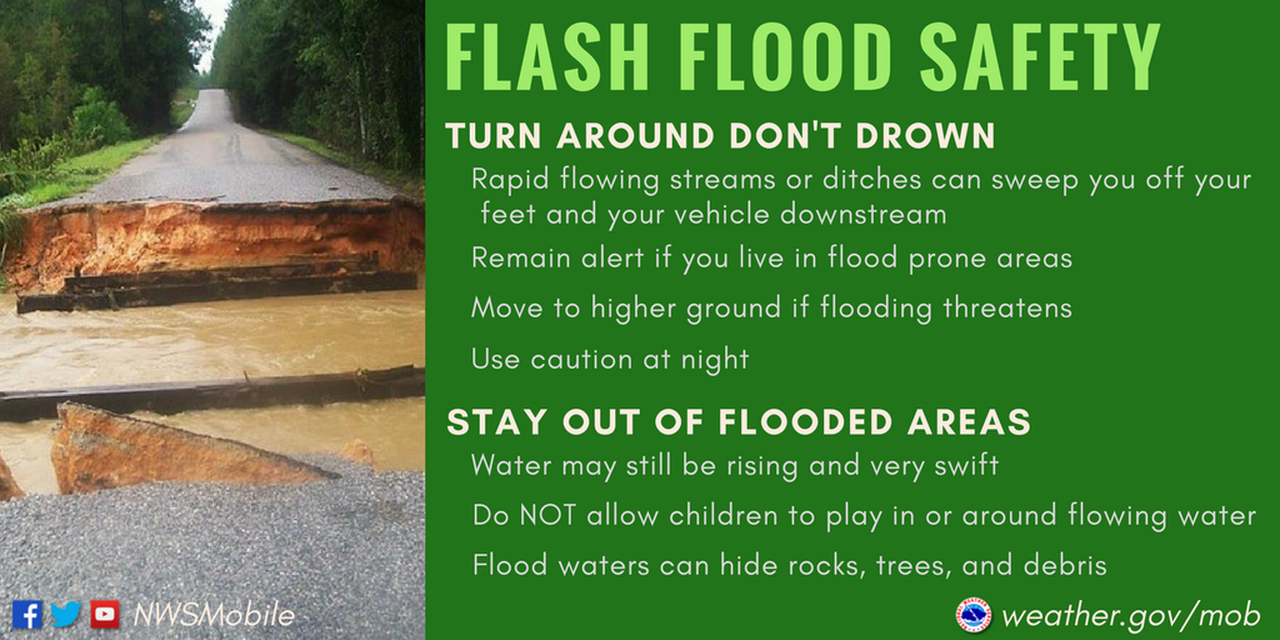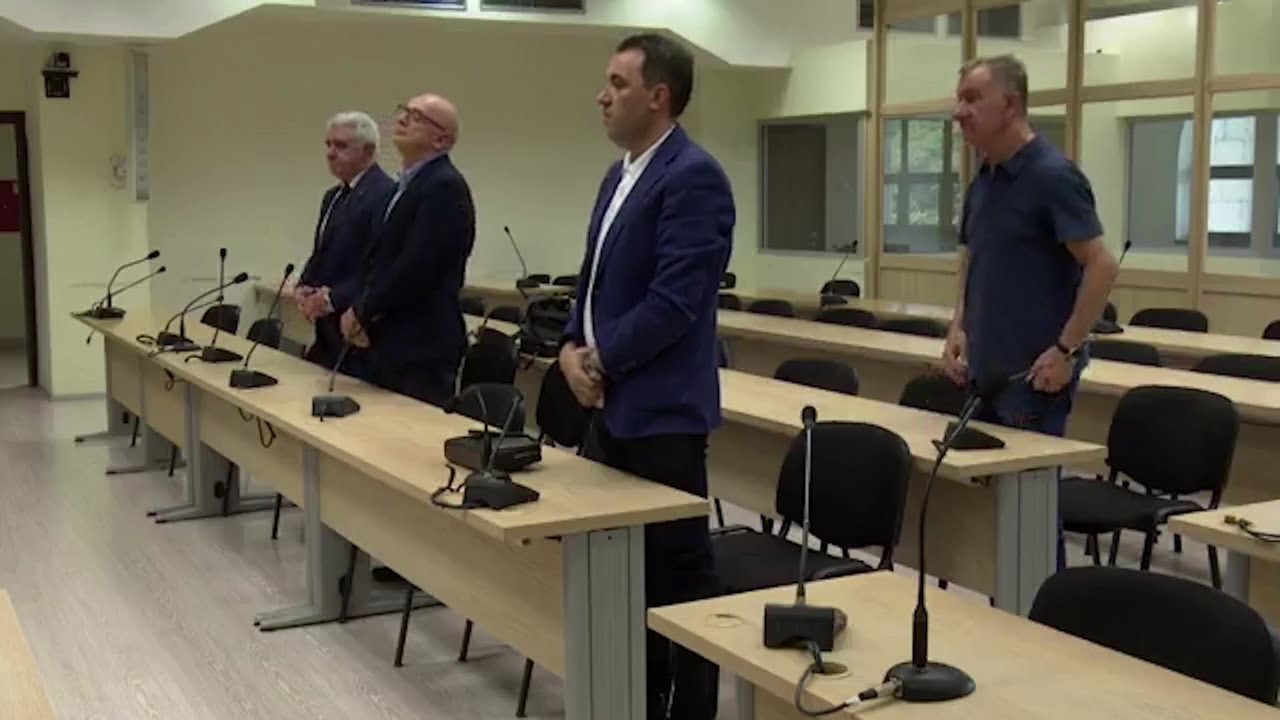What Is A Flash Flood? Essential Information On Flood Warnings And Alerts

Table of Contents
Understanding Flash Floods: Definition and Causes
A flash flood is a rapid, localized flood of short duration, typically caused by intense or prolonged rainfall. Unlike a regular flood, which may develop gradually over days or weeks, a flash flood can occur within minutes or hours, leaving little time for evacuation. This speed is what makes flash floods so dangerous.
Common causes of flash floods include:
- Intense rainfall over a short period: Torrential downpours, often associated with thunderstorms or hurricanes, can quickly overwhelm drainage systems, leading to rapid water level increases. This is the most common cause.
- Dam or levee failures: A breach in a dam or levee can unleash a massive surge of water downstream, causing immediate and catastrophic flash flooding.
- Rapid snowmelt: In mountainous regions, unusually warm weather or heavy rainfall on top of a snowpack can cause rapid melting, leading to a sudden influx of water into rivers and streams.
- Mudslides: Mudslides can dam a river or stream, creating a temporary barrier that eventually gives way, releasing a devastating wall of water and debris.
Geographically, areas prone to flash floods include:
- Mountainous regions: Steep slopes funnel water quickly into valleys and canyons.
- Arid and semi-arid areas: Intense, infrequent rainfall in these regions can overwhelm dry, unprepared landscapes.
- Urban areas with inadequate drainage: Impermeable surfaces like roads and buildings prevent water absorption, increasing runoff and the risk of flash flooding.
Recognizing the Signs of an Impending Flash Flood
Recognizing the warning signs of an impending flash flood is critical. Being aware of both visual and auditory cues can give you precious time to take protective action.
Visual Cues:
- Rapidly rising water levels in streams, rivers, or creeks: A sudden and significant increase in water depth is a major warning sign.
- Water overflowing onto normally dry areas: This indicates that the drainage system is overwhelmed.
- A sudden increase in water flow: Observe the speed and volume of water; a significant change warrants immediate concern.
- Heavy rain in your area, especially if it's sustained and intense: Prolonged heavy rain is a significant precursor to flash flooding.
Auditory Cues:
- The roar of approaching water: This sound can indicate a sudden surge of water rapidly moving downstream.
Staying informed is vital. Regularly check weather forecasts and sign up for weather alerts on your phone or computer. Local news channels are also a great source of information during severe weather events.
Heeding Flood Warnings and Alerts: What to Do
Understanding the different types of flood alerts is crucial:
- Flood Watch: Conditions are favorable for flooding. Be prepared.
- Flood Warning: Flooding is occurring or is imminent. Take action immediately.
- Flood Advisory: Flooding is possible. Be aware of conditions.
When a flash flood warning is issued, act immediately:
- Move to higher ground immediately: This is the most important step. Don't wait for the water to approach.
- Do not attempt to drive through floodwaters: Even a few inches of water can sweep a vehicle away. Turn around, don't drown! This is a critical life-saving message.
- Avoid low-lying areas: These areas are particularly vulnerable to flash floods.
- Unplug electrical appliances: To prevent electrical shock.
- Move valuables to higher levels: Protect your possessions from potential water damage.
Flash Flood Preparedness: Mitigation and Safety Planning
Proactive preparation is key to minimizing the impact of a flash flood.
- Develop a family communication plan: Establish a meeting point and communication methods in case family members are separated.
- Create a go-bag with essential supplies: Include water, non-perishable food, medications, first-aid kit, flashlights, batteries, and important documents.
- Know your evacuation routes: Identify multiple routes to higher ground in case one is blocked.
- Identify safe locations within your home to seek shelter: If evacuation isn't possible, choose a sturdy upper floor or a room with a solid structure.
- Purchase flood insurance: This can help protect your property from financial losses in the event of a flood.
- Regularly inspect and maintain drainage systems around your property: Ensure that gutters, downspouts, and other drainage systems are clear and functioning properly.
Conclusion
A flash flood is a sudden, dangerous event characterized by rapidly rising water levels. Understanding the causes, recognizing the warning signs, and knowing how to respond are crucial for your safety and the safety of your loved ones. Ignoring flash flood warnings can have deadly consequences. Remember the simple but life-saving mantra: "Turn around, don't drown!"
To ensure your safety and the safety of your community, develop a comprehensive flash flood preparedness plan. This includes regularly checking local weather forecasts and alerts, practicing your evacuation routes, and ensuring you have a readily accessible go-bag. By taking proactive steps in flash flood safety and sharing this vital information with others, we can reduce the devastating impact of these events and save lives. Improve your flash flood preparedness today, and help spread awareness to build a safer community.

Featured Posts
-
 80 Millioert Felvertezett Porsche 911 Extrak Reszletesen
May 25, 2025
80 Millioert Felvertezett Porsche 911 Extrak Reszletesen
May 25, 2025 -
 Tekhnichki Problemi Dovedoa Do Kazni Za Mertsedes Vo Bakhrein
May 25, 2025
Tekhnichki Problemi Dovedoa Do Kazni Za Mertsedes Vo Bakhrein
May 25, 2025 -
 Jenson Fw 22 Extended Design Inspiration And Craftsmanship
May 25, 2025
Jenson Fw 22 Extended Design Inspiration And Craftsmanship
May 25, 2025 -
 Import Dazi Stati Uniti Impatto Sui Prezzi Dell Abbigliamento
May 25, 2025
Import Dazi Stati Uniti Impatto Sui Prezzi Dell Abbigliamento
May 25, 2025 -
 New Kiefer Sutherland Role Sparks Online Buzz
May 25, 2025
New Kiefer Sutherland Role Sparks Online Buzz
May 25, 2025
